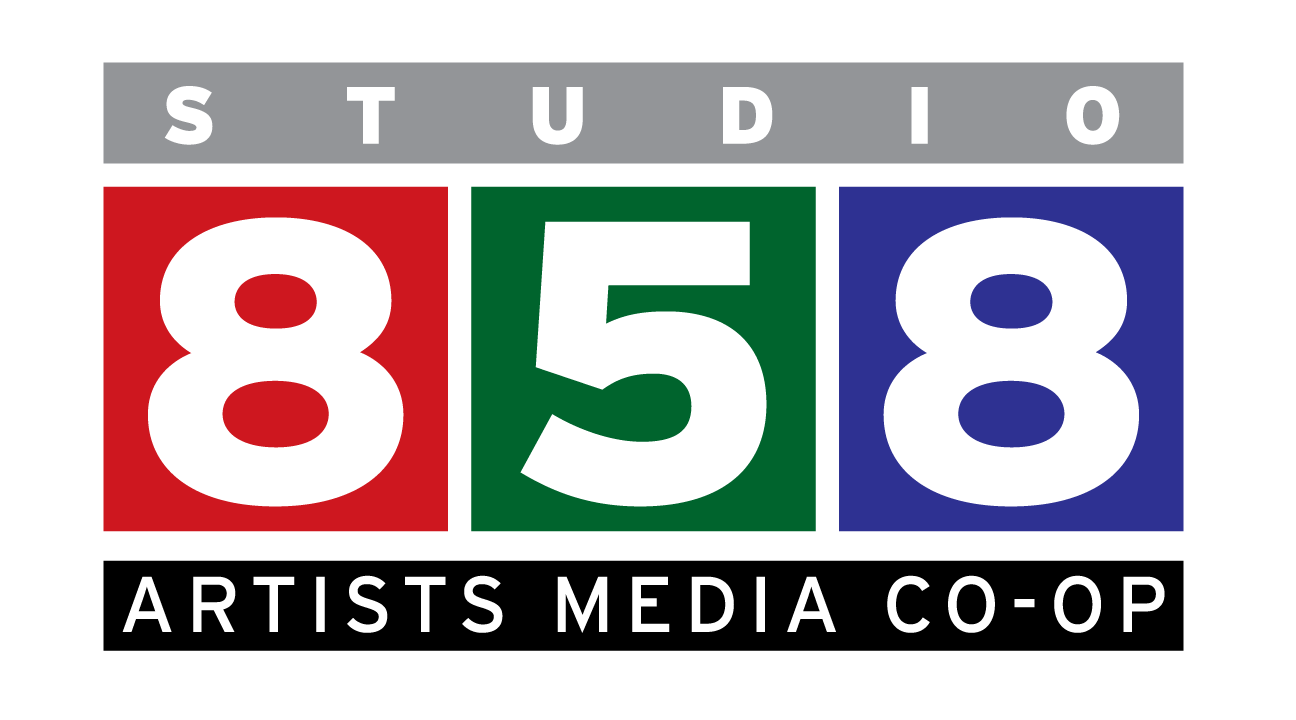Bodies and bad guys and blood, oh, my! This is the exciting theme of Murder in the City: New York, 1910 - 1920. Packed with photos of crime scenes and criminals, this coffee table book is not only fascinating viewing, but a great read as well. All of the text except for introductions by Author Wilfried Kaute and physician and actor Joe Bausch, is contemporary to the photos, coming as it does from newspaper reports of the time. All of the photographs were shot on glass plates, many of them 8x10 size (try toting one of those cameras around), so the images are actually superior to many crime scene photos produced today!
PATROLMAN SLAIN WHILE WIFE WAITS, screamed the headline in the New York Sun, July 4, 1917 "Patrolman About to Buy Funeral Wreath, He Is Called to Flat to Quell Row."
Wilfried Kaute, the author, gives this introduction to the book:
"Time and time again, the role that chance and forgetfulness play in criminal cases isn't to be underestimated. Every investigator can tell stories of witnesses who appear our of nowhere, objects that have fallen out of someone's pocket or stray items of clothing that have proved to be damning evidence against the offender."
The book itself is the result of the accidental discovery of hundreds of glass plate negatives during the renovation of a former police headquarters in New York City. The policy of the department at that time was to destroy all photo documentation after it had served its purpose, but somehow these photos were overlooked.
Kaute does a great job of laying out photos of burglar tools, street scenes, construction photos and other things to complement the bodies and mug shots. Many of the items in the crime scene photos will look familiar to the modern viewer - you have seen them in the homes of older relatives, perhaps. And, of course, we are not really that far removed from that age. Electricity, automobiles, telephones and indoor plumbing and central heating, arguably the main stays of our civilization, were already commonplace in a great city such as New York.
As Joe Bausch comments in his opening essay True Crime and the Banality of Death, these photos transport us "back to the era of great black and white gangster movies."
Bausch, like Kaute, a German, goes on to say, "The plots, the gloomy atmosphere of the films, the cops and the hoodlums that shaped my impression of life at that time in New York and the United States, are all rooted in the era that this book, like no other reveals."
While that last quote may only reveal the dangers of watching too much Hollywood, Bausch does have a point. Bodies are shown where they were found: in the street, on the sidewalk, in hallways, kitchens, bedrooms, living rooms, and a myriad of other places, including two bodies at the bottom of an elevator shaft. The areas in which the photographer must work are frequently small, tiny, even, and the overhead views not only show the tripod legs, propped on whatever is handy, but sometimes his own legs and well-polished leather shoes. Dusty, disheveled tenements, the front yard of a Brownstone boarding house, the entrance to the Sabbath Mission, a wine cellar, beside a pool table, on the dock, under the sink of a tiny bathroom and behind the bar of a saloon are all settings for murder most foul.
His hat lying where it fell upon his collapse, our victim lies on the sidewalk by the stoop of a café. The photographer's tripod legs complete the surrealistic tableau.
What I find the most interesting aspect of these photographs is that all the interior and night photos are lit by artificial light, a light that clearly originates with the photographer. Since the latest of these images antedates the invention of the flash bulb by at least 5 years, the photographers had to have used flash powder, a controllable explosive still used in magic shows and musical performances, sometimes with disastrous consequences.
I was about 8 when I last saw anyone using flash powder. It was a church gathering in South Korea, and all of us were at the front of the church, posed as a group on the steps of the platform. The photographer, who employed an 8x10 view camera much like the ones used for these crime scene photos some 50 years prior. went under his cloth to focus his camera, then inserted the film holder and removed the dark slide before raising the flash reflector filled with powder in his left hand. With his right hand he squeezed the air bulb that opened the camera's shutter and then "POW", with a rather impressive amount of noise, the brilliant white flash of the ignited powder froze the image of our group to his negative. There was a lot of smoke as well.
Available at your local library (as soon as I return it), Murder in the City is a great example of photography as document. Also available here:
Stay tuned for more Photo Book Reports!
- Edward Crim





